Skadar Lake with its natural beauties and cultural heritage has always been one of my favorite places in Montenegro. I have made many boat trips, watching pelicans and visiting old monasteries; I have enjoyed the typical lake cuisine; and of course, Paul and I have explored almost all the roads, hiking trails, picturesque villages, old wells and archeological sites around the Lake and in its surroundings.
The topic of my last posting was: 5 forgotten fortresses in Central Montenegro. This time I want to tell you more about the fortifications that were built, a long time ago, in and around Skadar Lake. Most of them lie in ruins and are hardly accessible. Only one of them was reconstructed: Fort Besac in Virpazar.
Let’s start with a well-known fortification that is situated along the main road from Podgorica to Virpazar:
-
Lesendro
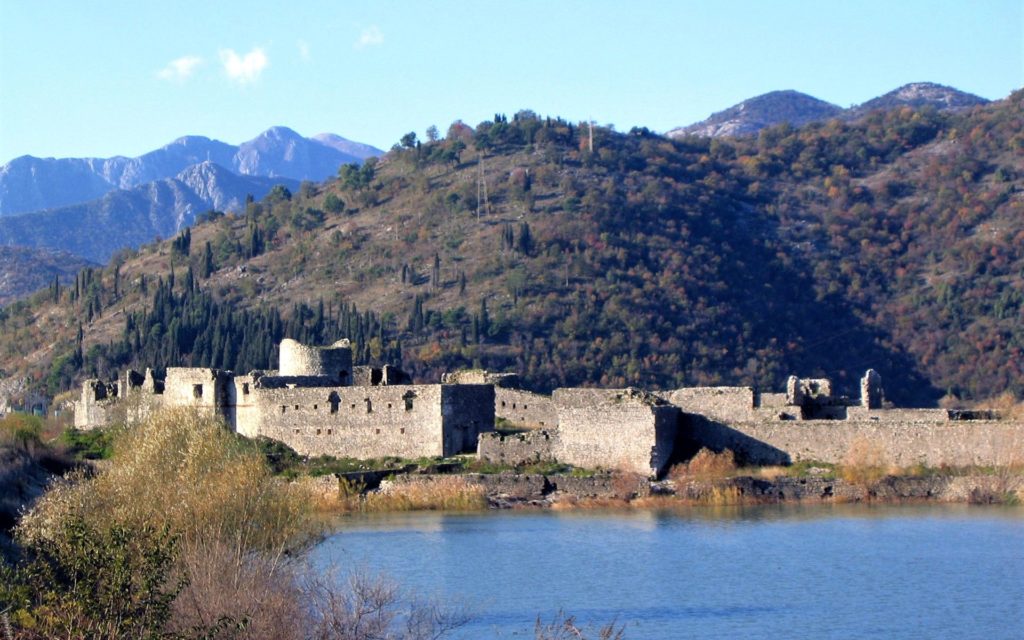 The Lesendro fortress was built by the Montenegrin ruler Petar II Petrović Njegoš in 1832 on an island in Skadar Lake near the village of Vranjina. The fort was also called “Key to Skadar Lake”, as it was meant to ensure safe trade and fishing for the local inhabitants. Unfortunately, it was conquered by the Turks in 1843. To his regret, Njegoš failed several times to reconquer the fort, and that’s why Montenegrin people still use the old saying: “Grieving like Vladika (Njegoš) for Lesendro”. The Turks left the fortress only 35 years later.
The Lesendro fortress was built by the Montenegrin ruler Petar II Petrović Njegoš in 1832 on an island in Skadar Lake near the village of Vranjina. The fort was also called “Key to Skadar Lake”, as it was meant to ensure safe trade and fishing for the local inhabitants. Unfortunately, it was conquered by the Turks in 1843. To his regret, Njegoš failed several times to reconquer the fort, and that’s why Montenegrin people still use the old saying: “Grieving like Vladika (Njegoš) for Lesendro”. The Turks left the fortress only 35 years later.
The construction of a highway and railway to the coast connected Lesendro to the mainland, without leaving direct access to the ruined fortification. The only way to visit the fortress is by passing the road and climbing over the railway (park your car at the Jezero Restaurant in Vranjina). You will be surprised when you enter the fortress: it is quite spatious and contains several buildings. Just imagine what happened here almost two centuries ago! I think you will agree that it is a pity that this fortress was abandoned and forgotten. It deserves to be reconstructed, not only because of its amazing position in the Lake and along the highway, but also for its cultural heritage and historical significance.
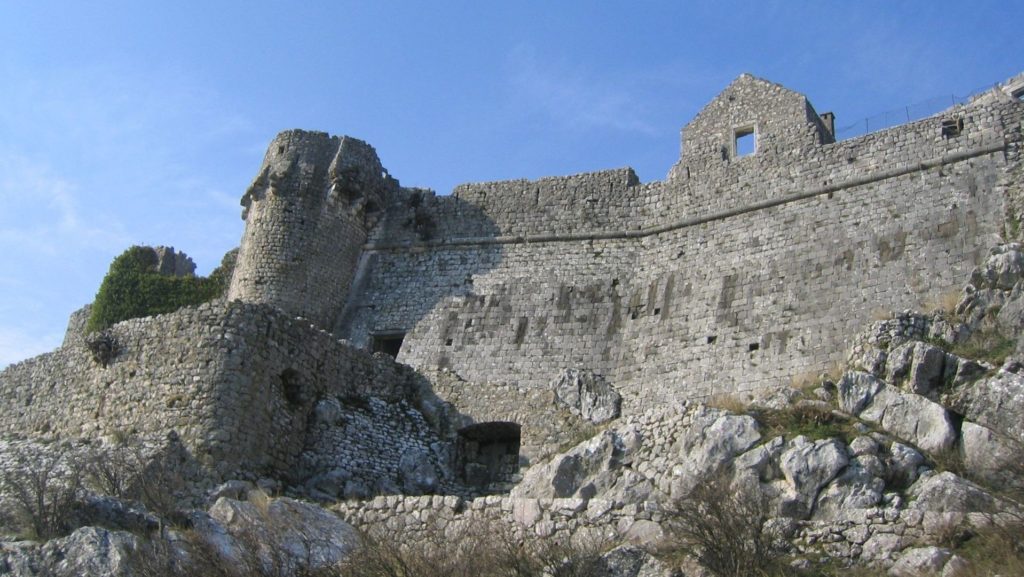 The medieval fortified town of Žabljak Crnojevića was once the capital of the Crnojević Dynasty. It is situated on a hill near Skadar Lake, at a distance of only 15 km (a 20 minutes drive) from Podgorica. Signposts can be found in the village of Golubovci, along the bypass road (“transit”). Once arrived, you can park your car near the old Turkish bridge and make a walk uphill to the abandoned castle.
The medieval fortified town of Žabljak Crnojevića was once the capital of the Crnojević Dynasty. It is situated on a hill near Skadar Lake, at a distance of only 15 km (a 20 minutes drive) from Podgorica. Signposts can be found in the village of Golubovci, along the bypass road (“transit”). Once arrived, you can park your car near the old Turkish bridge and make a walk uphill to the abandoned castle.
It is assumed that the fortress was built in the 10th century, when the Romans ruled these areas. During the Crnojević dynasty, in the 15th century, it resembled a Venetian fortification with 300 houses. And during the period of Ottoman rule it was one of the most important strongholds of the area. The fortress itself is very impressive: it has huge walls, two meters wide and up to 15 meters high, with towers and one gate. Inside, you can see the ruins of the St. George’s Church (that was turned into a mosque during the Ottoman rule), housing and military facilities, a warehouse and a water tank. The view of Skadar Lake is breathtaking on all sides, in particular in spring.
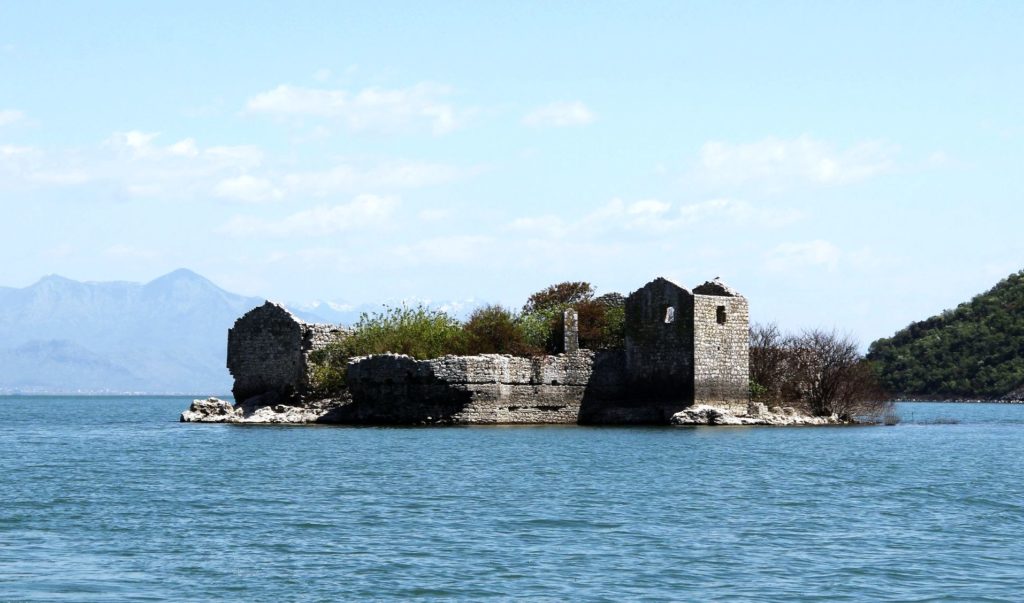 The abandoned island of Grmožur, opposite to the village of Godinje, is also known as “Montenegrin Alcatraz”. A fortification was built here in 1847. Later on, King Nikola used the complex as a prison for dangerous criminals and political opponents who did not know how to swim, so that they could not escape from the island. The story goes that only one prisoner managed to escape by using a wooden door as a raft. As a consequence, the responsible guard had to take over his place and serve his sentence.
The abandoned island of Grmožur, opposite to the village of Godinje, is also known as “Montenegrin Alcatraz”. A fortification was built here in 1847. Later on, King Nikola used the complex as a prison for dangerous criminals and political opponents who did not know how to swim, so that they could not escape from the island. The story goes that only one prisoner managed to escape by using a wooden door as a raft. As a consequence, the responsible guard had to take over his place and serve his sentence.
Nowadays, the stone buildings are dilapidated, not only by weather influences and flooding, but also because stones are taken away by some unscrupulous villagers. The only inhabitants of Grmožur are seagulls, cormorants, lizards and snakes. What a pity that this island was left to the ravages of time!
-
Besac
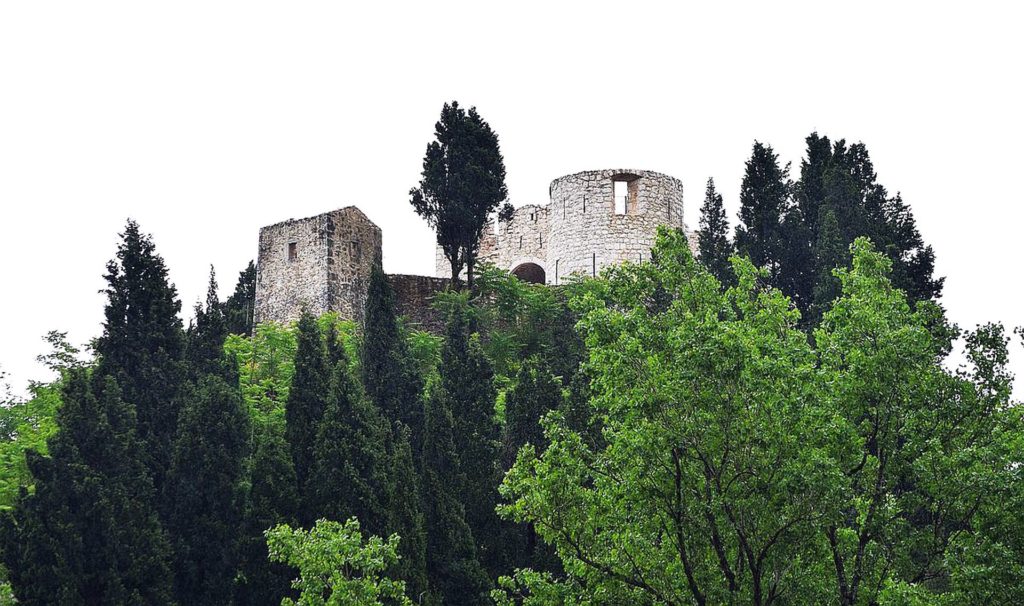 Fort Besac is the only fortress that has been reconstructed. It is situated on the top of a hill, directly above the village of Virpazar. The fort was built by the Turks in 1478 and it has played a significant role in the fortification system of the Lake for several centuries.
Fort Besac is the only fortress that has been reconstructed. It is situated on the top of a hill, directly above the village of Virpazar. The fort was built by the Turks in 1478 and it has played a significant role in the fortification system of the Lake for several centuries.
During the Italian occupation in World War II, Fort Besac was used as a prison. Recently, it was reconstructed with support of the EU and the World Bank (photo TO Bar) and nowadays it has become a significant tourist attraction with an entrance ticket of €1.00 only. The walk through the forest uphill is really nice and the view is magnificent.
-
Tophala
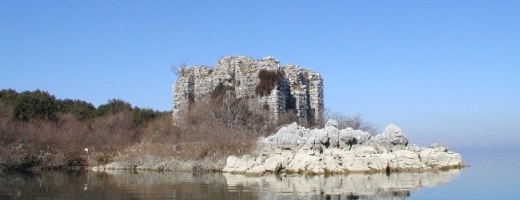 I must admit that I have never visited this medieval tower on the island of Tophala, not far from the village of Ckla in Skadarska Krajina. The building has a square basis, the walls are around 6 m high and they are provided with strong pillars at the corners and in the center. This fort was meant to protect the monasteries on the nearby islands and it was probably built at the end of the 14th century. I have used a photo of Skadar Lake National Park, but I would really like to see the tower with my own eyes. Does anybody know how?
I must admit that I have never visited this medieval tower on the island of Tophala, not far from the village of Ckla in Skadarska Krajina. The building has a square basis, the walls are around 6 m high and they are provided with strong pillars at the corners and in the center. This fort was meant to protect the monasteries on the nearby islands and it was probably built at the end of the 14th century. I have used a photo of Skadar Lake National Park, but I would really like to see the tower with my own eyes. Does anybody know how?
Skadar Lake – I really wonder if Montenegrins AND foreign tourists are aware of the enormous natural, cultural and historical value of this area. But honestly speaking: I think that the authenticity, natural beauties and quietness of the Lake are its most important treasures….
So don’t spoil Skadar Lake with luxurious tourist resorts, entertainment parks and speedboats!!!

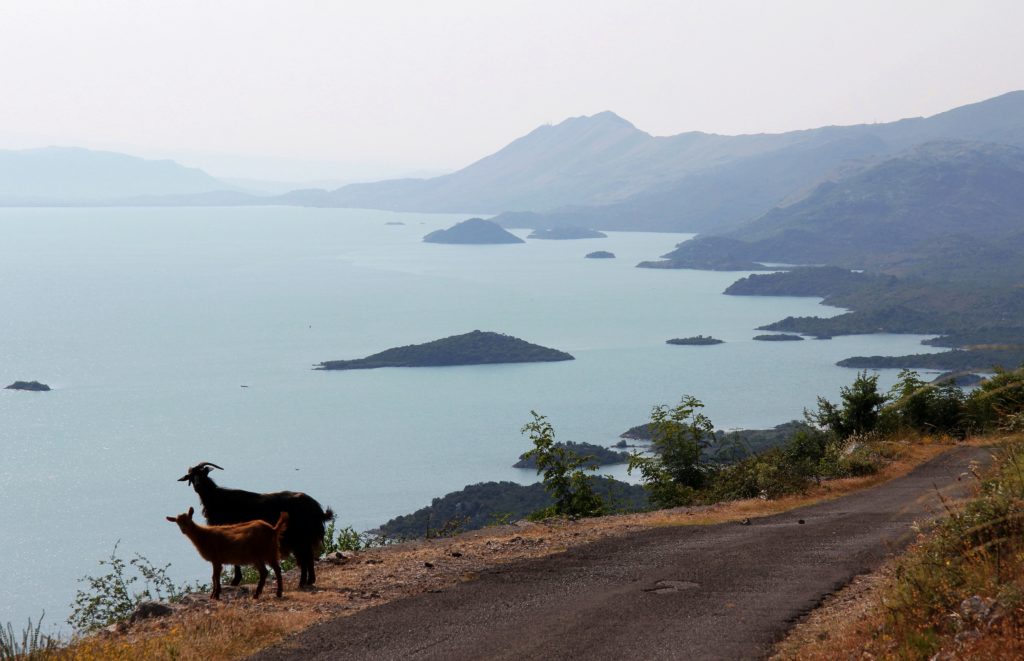
Thank you for this article, which was shared by my friend Kirsi. What an enchanting place the Skadar Lake is! Also, I hardly knew about these fortresses so all this was most interesting (and well researched!) information. I understand the constant threat to these and many more areas is very real and one can only hope for the best. Greetings from Helsinki!
The first castle is known to us as “Kulla e Oso Kukes” (Oso Kuka’s castle). Oso Kuka was an Albanian soldier who blew up the castle as Montenegrin forces closed in on the castle.
How interesting! Thank you for the information, I never heard that it was called like that. All the best, Marianne
Hello Marianne!
Thank you for your beautiful blog! I am about to visit Montenegro for the eighth time and your posts are a great resource on new places to discover.
Greetings from New York and continued success!
Colleen
Hi Colleen, nice to hear that! Have a good time in Montenegro and all the best! Marianne
Most of the fortifications around lake skoder were bult by Dalmatian italians who lived in the costal areas (who are now all gone) and re-fortified by the turks later on … the Albanians lived in the near by hills and mountain range while the slavs lived further west of (from) lake skoder (Albanians were an almost sort of ethnic border between the latin speakers and slavic speakers) which would explain the equal amount of italian words and slavic loan words in albanian … while at the same time most of albanian being a secluded ancient dialect – matching its people.
Read both Articles of veneta albania by historian Pulluci and Robert Elsie .
[…] told. The wine on the left is no newcomer either; it’s aVranac Lesendro 1979, named after the Lesendro Fortress on Lake Skadar. As that stronghold was built by Njegoš and became the object of several tumultuous battles with […]
[…] and pass the bridge). Back on the main road, you will pass the fishing village of Vranjina and the Lesendro fortress. Take a break in Virpazar, walk around or make a boat excursion (if […]